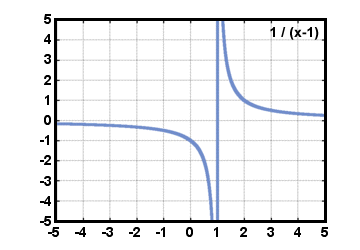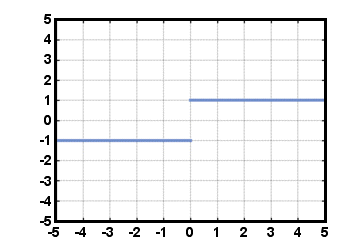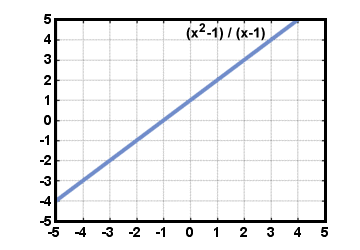Please wait while we process your payment
If you don't see it, please check your spam folder. Sometimes it can end up there.
If you don't see it, please check your spam folder. Sometimes it can end up there.
Please wait while we process your payment

By signing up you agree to our terms and privacy policy.
Don’t have an account? Subscribe now
Create Your Account
Sign up for your FREE 7-day trial
By signing up you agree to our terms and privacy policy.
Already have an account? Log in
Your Email
Choose Your Plan
Individual
Group Discount
Save over 50% with a SparkNotes PLUS Annual Plan!
 payment page
payment page
Purchasing SparkNotes PLUS for a group?
Get Annual Plans at a discount when you buy 2 or more!
Price
$24.99 $18.74 /subscription + tax
Subtotal $37.48 + tax
Save 25% on 2-49 accounts
Save 30% on 50-99 accounts
Want 100 or more? Contact us for a customized plan.
 payment page
payment page
Your Plan
Payment Details
Payment Summary
SparkNotes Plus
You'll be billed after your free trial ends.
7-Day Free Trial
Not Applicable
Renews May 2, 2025 April 25, 2025
Discounts (applied to next billing)
DUE NOW
US $0.00
SNPLUSROCKS20 | 20% Discount
This is not a valid promo code.
Discount Code (one code per order)
SparkNotes PLUS Annual Plan - Group Discount
Qty: 00
SparkNotes Plus subscription is $4.99/month or $24.99/year as selected above. The free trial period is the first 7 days of your subscription. TO CANCEL YOUR SUBSCRIPTION AND AVOID BEING CHARGED, YOU MUST CANCEL BEFORE THE END OF THE FREE TRIAL PERIOD. You may cancel your subscription on your Subscription and Billing page or contact Customer Support at custserv@bn.com. Your subscription will continue automatically once the free trial period is over. Free trial is available to new customers only.
Choose Your Plan
This site is protected by reCAPTCHA and the Google Privacy Policy and Terms of Service apply.
For the next 7 days, you'll have access to awesome PLUS stuff like AP English test prep, No Fear Shakespeare translations and audio, a note-taking tool, personalized dashboard, & much more!
You’ve successfully purchased a group discount. Your group members can use the joining link below to redeem their group membership. You'll also receive an email with the link.
Members will be prompted to log in or create an account to redeem their group membership.
Thanks for creating a SparkNotes account! Continue to start your free trial.
We're sorry, we could not create your account. SparkNotes PLUS is not available in your country. See what countries we’re in.
There was an error creating your account. Please check your payment details and try again.
Please wait while we process your payment

Your PLUS subscription has expired
Please wait while we process your payment
Please wait while we process your payment

Continuity
Continuity can be defined conceptually in a few different ways. A function is continuous, for example, if its graph can be traced with a pen without lifting the pen from the page. A function is continuous if its graph is an unbroken curve; that is, the graph has no holes, gaps, or breaks. But terms like "unbroken curve" and "gaps" aren't technical mathematical terms and at best, only provide a reader with a description of continuity, not a definition.
The more formal definition of continuity is this: a function f (x) is
continuous at a point x = a, if and only if the following three conditions are
met. 1) f (a) is defined. 2)  f (x) exists. 3)
f (x) exists. 3)  f (x) = f (a). Otherwise, the function is discontinuous.
f (x) = f (a). Otherwise, the function is discontinuous.
A function can be continuous at a point, continuous over a given interval, or continuous everywhere. We have already defined continuity at a given point. For a function to be continuous over an interval [a, b], that function must be continuous at each point in the interval, as well as at both a and b. For a function to be continuous everywhere, it must be continuous for every real number.
Discontinuities in functions can be classified according to the reason that the
function is discontinuous at a given point. If there exists a vertical
asymptote at x = a for a function, that function is said to have an infinite
discontinuity at x = a.

 has an infinite discontinuity at
x = 1.
has an infinite discontinuity at
x = 1.
 f (x)≠
f (x)≠ f (x), then
f (x), then  f (x) does not exist, which means that the second condition necessary for
continuity is not met. Such a discontinuity is called a jump discontinuity,
and looks like this:
f (x) does not exist, which means that the second condition necessary for
continuity is not met. Such a discontinuity is called a jump discontinuity,
and looks like this:

 f (x)≠f (a), the function has what is often called a
point, removable, or gap discontinuity. The point (a,
f (x)≠f (a), the function has what is often called a
point, removable, or gap discontinuity. The point (a, f (x)) is often called a hole.
f (x)) is often called a hole.

 has a point discontinuity
at x = 1.
has a point discontinuity
at x = 1.
Please wait while we process your payment

